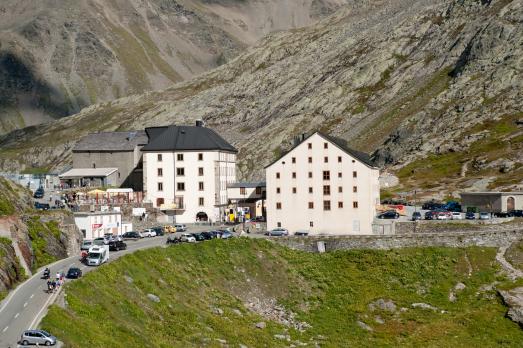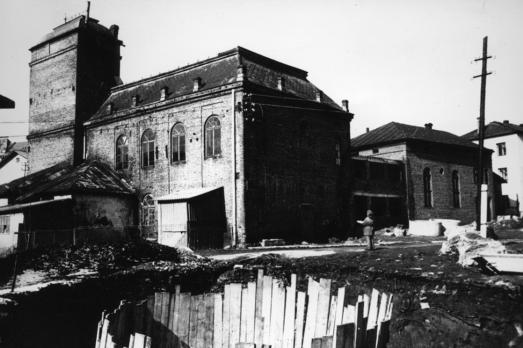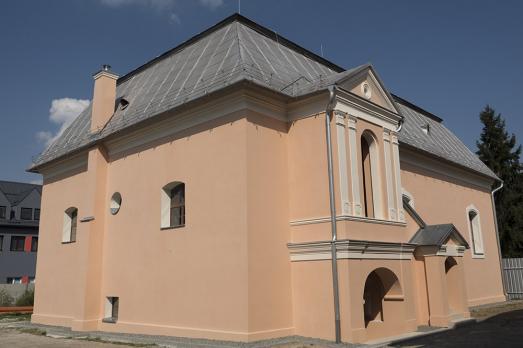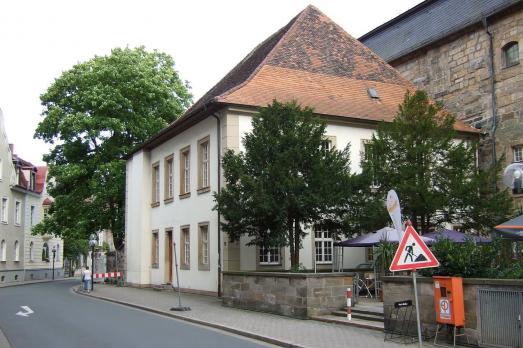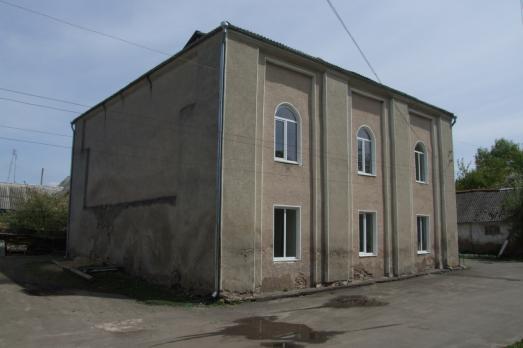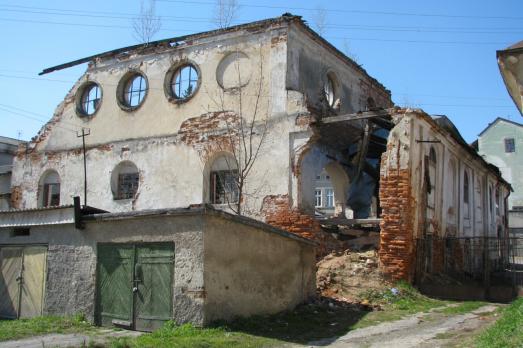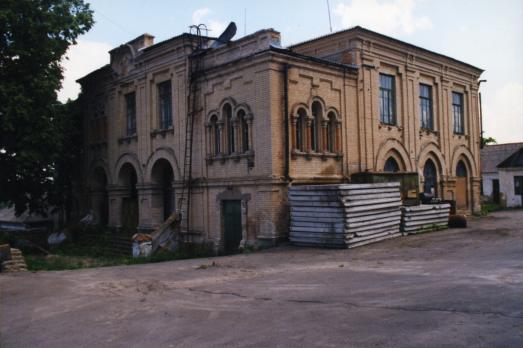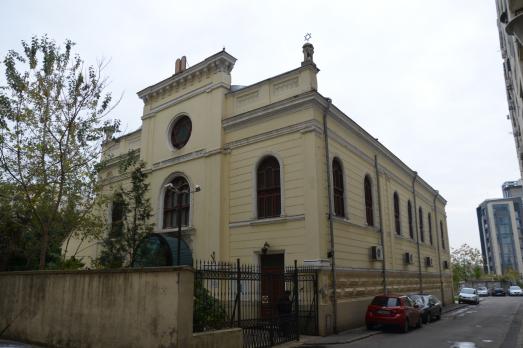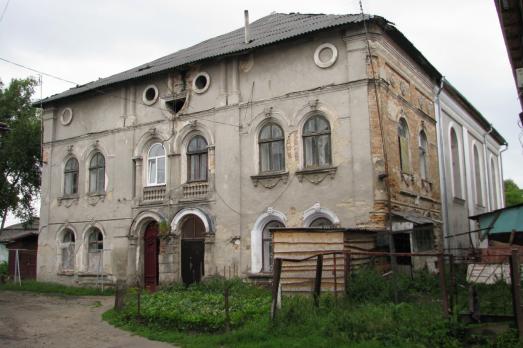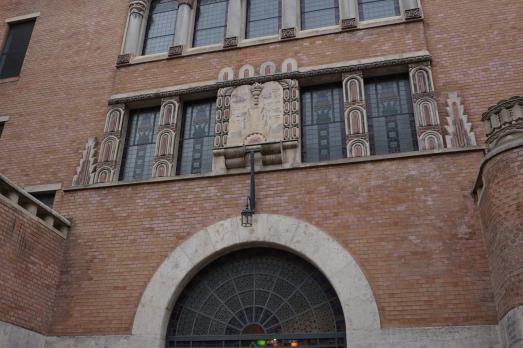
Great Orthodox Synagogue in Budapest
Budapest, HU
The synagogue is a masterpiece of Hungarian Art Deco architecture. It was erected in 1913, by the architects Béla and Sándor Löffler, for the Orthodox community of Budapest. Its prayer hall is spanned with a barrel vault pierced by stained glass skylights. The synagogue complex also includes a beit midrash, a Jewish school and a communal building facing Dob St.
